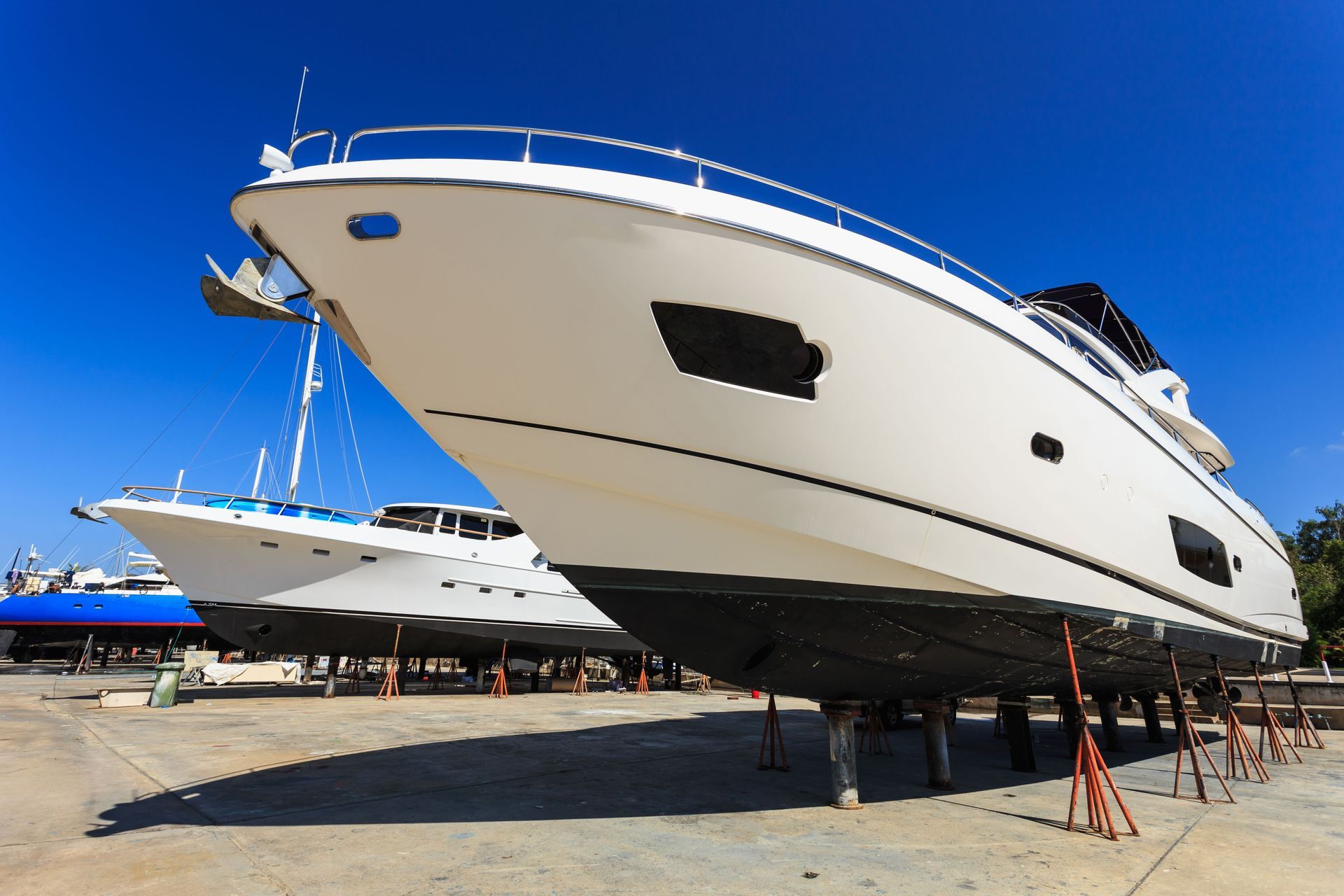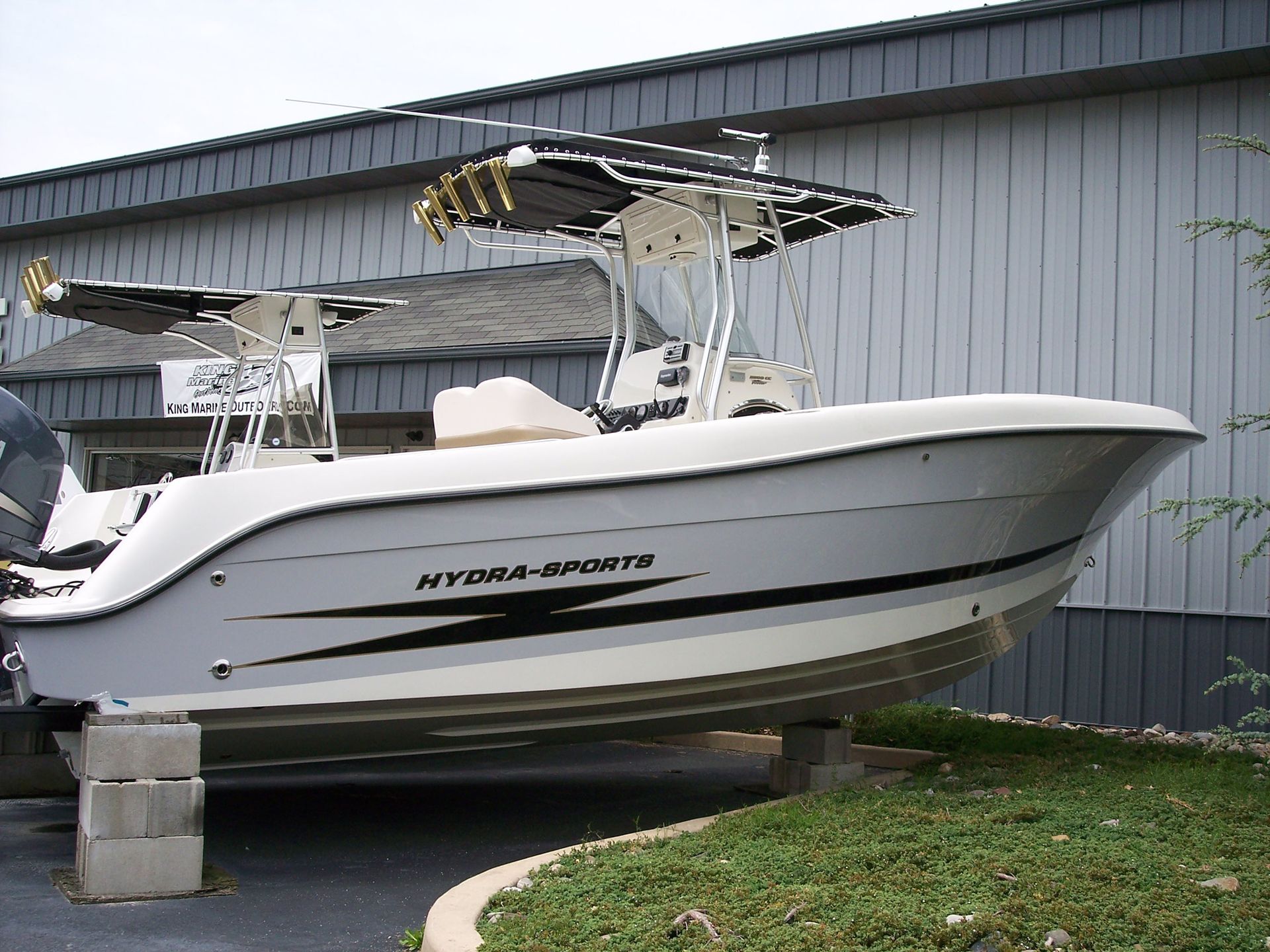September 22, 2025
Understanding the ins and outs of boat storage is crucial for every boat owner. As the season ends, properly storing your vessel is essential to ensure its longevity and avoid costly repairs. This guide will help you navigate the various aspects of boat storage, from choosing the right type of storage facility to implementing essential maintenance practices. Boat storage is akin to putting your prized possession into hibernation; it must be done methodically to awaken ready and fully unblemished. With this comprehension, you can take actionable steps towards safeguarding your investment and cherishing future voyages.
1. Indoor Storage vs. Outdoor Storage
Choosing between indoor and outdoor boat storage involves weighing the benefits and potential drawbacks of each option. Indoor facilities often provide superior protection from the elements, especially during harsh weather conditions, preserving the boat's exterior and interior alike. However, they can sometimes be pricier and less accessible than their outdoor counterparts, limiting spontaneous weekend adventures. Outdoor storage offers the advantage of typically being more affordable and can offer larger space, albeit exposing your vessel to environmental risks such as UV damage and storms. Making an informed choice depends largely on your location, budget, and how often you plan to set sail off-season.
One of the most appealing aspects of indoor storage is its ability to keep the boat in prime condition over long periods. Stored away from harsh sun exposure and precipitation, indoor environments prevent the wear and tear that often shortens a vessel's lifespan. Choosing the right indoor facility requires understanding its security measures, accessibility, and climate control capabilities. Facilities that offer advanced features like temperature and humidity control can be particularly reassuring. As boating technology advances, indoor facilities too are increasingly integrating smart systems, offering peace of mind through remote monitoring solutions.
In contrast, outdoor storage is often a more economical choice and can provide more freedom when it comes to access. Many boat owners appreciate the flexibility of being able to readily retrieve their vessel without navigating indoor facility protocols. Nevertheless, securing your boat with high-quality covers and maintaining routine checks becomes essential in these open-air environments. Outdoor storage in scenic locales can also offer enticing quick forays into nearby waters, but always weigh these conveniences against potential risks. The balance between accessibility, cost-efficiency, and protection is pivotal when considering outdoor storage.
2. Dry Stack Storage
For boat owners seeking an efficient and organized method of storing their vessels, dry stack storage emerges as an attractive option. These facilities use specialized shelving systems to stack boats out of the water and save space while ensuring protection against saltwater corrosion and marine growth. A major benefit of this approach is the minimized need for constant maintenance associated with boats stored in water. However, dry stack storage facilities typically cater to smaller vessels due to dimensional constraints and might not accommodate larger yachts. This option is perfect for boaters who prioritize protection and are comfortable with scheduled access, as spontaneous retrievals can sometimes be less feasible.
Notably, dry stack storage facilities have been burgeoning parallel to the growth of maritime activities. They offer an exquisite blend of security and efficiency, often paired with services like fueling and minor repairs to enhance boat owners' experiences. While these services add convenience, they also come with additional costs that could influence budget-conscious owners. Nevertheless, for those who value the integrity and ready-to-go condition of their boats, these facilities promise worthwhile returns. Owners should verify details like lift capabilities, security measures, and overall facility maintenance to ensure optimal service.
Considering the rise in demand, facility options have expanded, accommodating a vast variety of vessels and offering improved services. As of mid-2025, there were nearly 1,800 specialized RV and boat storage facilities in the U.S., more than doubling from just a few years prior, indicating rapid growth in consumer infrastructure. This boom points not only to increased recreational boating but also to the appreciation of advanced storage techniques. Dry stack storage, therefore, continues to be a compelling choice for ensuring a boat thrives season to season. Such growth gives way to competitive pricing and enhanced service, which inherently benefits boat owners across the nation.
3. Wet Slip Storage
Wet slip storage caters to boaters who value immediate water access and flexibility. This method of storage involves leaving the boat in a marina slip throughout the off-season. Its primary advantage is the elimination of having to launch the boat, allowing for seamless usage whenever the desire strikes. Boats, however, can accumulate unwanted marine buildup and may incur more intense hull maintenance and anti-corrosive treatments. Additionally, owners must consider factors such as marina security, tidal influences, and weather protections when opting for wet slip storage. According to Toy Storage Nation, almost 1,800 specialized RV and boat storage facilities operated in the U.S.
For owners accustomed to frequent boating or immersed in vibrant marina communities, wet slip storage is an appealing choice despite its drawbacks. It preserves the lifestyle by situating one’s vessel amidst an active and like-minded network. Nevertheless, constant exposure to water means vigilance against biofouling and corrosion becomes a priority. Routine maintenance, from engine running to cleaning, becomes more essential in ensuring the vessel remains seaworthy. Understanding the nuances of your local marina's services and environment also helps in optimizing preventive care.
With urbanization near coastal areas, many boaters now have access to well-equipped and secure marina environments. This modernized infrastructure safeguards boats against theft and severe weather conditions without compromising convenience. Industry trends suggest a steady rise in well-monitored and custom-equipped marina centers offering extensive services. As boaters increasingly opt for wet slips, the need for vigilant maintenance and protection aligns with making the most of this storage option's unique benefits. Consequently, boat owners considering this option must prioritize regular inspections, ensuring their boats remain in pristine condition year-round.
4. Trailer Storage
Trailer storage offers boaters exceptional mobility and accessibility, allowing more dynamic usage of their vessels. This approach involves keeping the boat on a trailer, whether at home or a secure facility, and offers ease of transport and flexibility to launch at diverse locations. The convenience of owning a trailer translates into savings on launch fees, tailored maintenance, and the ability to explore new waters without geographic constraints. However, it demands attention to the trailer's condition to prevent wear on bearings or tires due to prolonged static positioning. Owners should also assess security considerations if the trailer is parked in open residential areas devoid of supervision.
This storage method enhances the boating experience by enabling spontaneous adventures, unhindered by location or facility restrictions. Many owners appreciate the proactive nature and cost-efficiency that trailer storage confers. It is vital, however, for owners to ensure their trailers are road-ready, inspecting wheels, brakes, and lighting systems regularly. Security, too, should be a highlight of one's considerations; lockable devices and surveillance enhancements mitigate potential theft risks. The knowledge that one’s vessel can be ready to tow at any moment is a compelling feature of this storage option.
With more boaters desiring versatile and readily accessible storage solutions, trailer storage remains a prominent contender. For those weighing cost against utility, this option usually presents fewer financial barriers compared to stationary facilities. While it demands a higher degree of owner engagement for both security and maintenance, the payoffs in freedom and exploratory potential are significant. As lifestyle choices dive deeper into on-demand experiences and flexibility, storing boats on trailers aligns well with evolving recreational boater profiles. Therefore, those prioritizing mileage coupled with utility will undoubtedly find trailer storage an attractive and rewarding choice. Be sure to reach out to Lakeside Boat Service, Inc today for more information on our professional boat storage unit!








